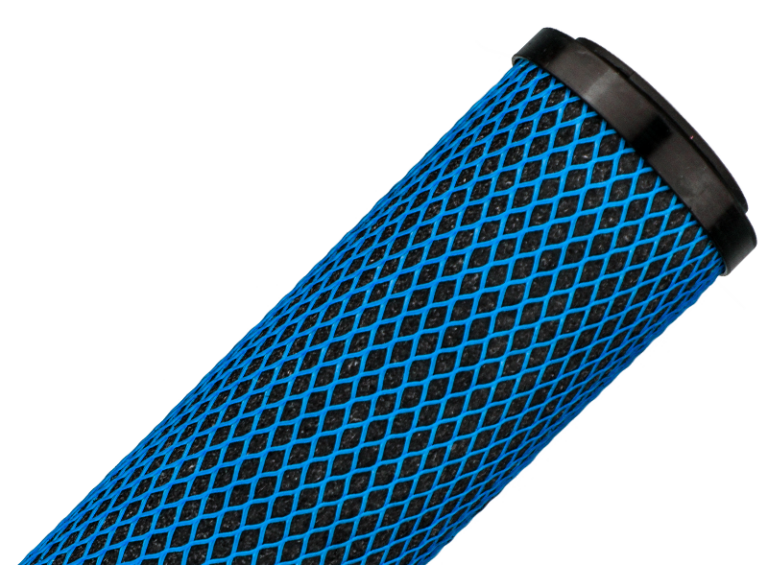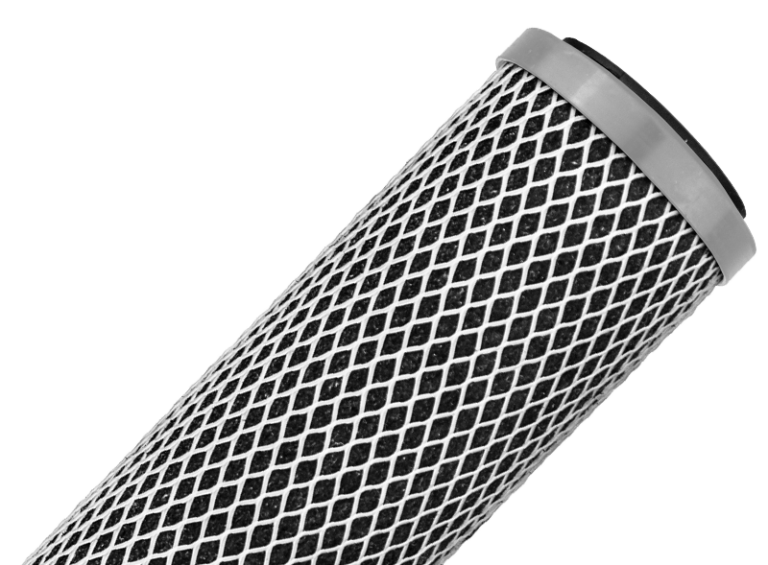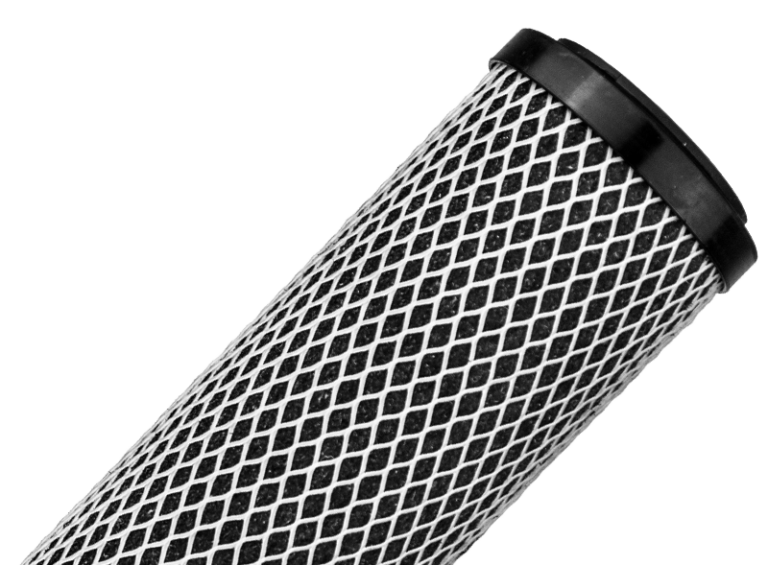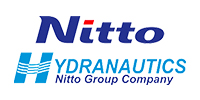Water treatment and filtration are vital when considering incoming water for any beverage production site as water is one of the main ingredients for beverage products and has an important role to play within the production process.
Manufacturers and processors strive to achieve specific water characteristics to accomplish the final result they desire but also to remove hazardous contaminants.
The list of applications where water treatment and filtration are important, is long. Removing minerals and organics is one of the critical stages to ensure consistency of the product quality, appearance, flavour, consumer safety and shelf life.
Chlorine and organics could interact in the production process and affect the taste and appearance of products. Water treatment using carbon technology reduces bad taste and odour by absorbing organics and treating chemicals like chlorine, pesticides, solvents, herbicides, etc.
Pentair CFB-Plus carbon block cartridges made with Fibredyne technology are a far more advanced solution compared to traditional carbon block cartridges. These cartridges provide excellent flow rates and lower pressure drop, offering up to triple capacity of a traditional carbon block and are cost-effective solution in the longer term. Fibredyne can also provide up to two times the reduction of chlorine, odour taste and dirt holding capacity compared to traditional carbon blocks.
Fibredyne cartridges have been tested at 2ppm concentration of chlorine. When comparing with mains water supplies which are often at lower concentration, the carbon treatment can last longer.
The Fibredyne range’s unique media has higher treatment capacity and less susceptibility to premature blocking from sediment due to its fibrous structure, which also makes it an exceptional solution as a guard filter to protect RO membranes from chlorine and other chemicals.
The fibres are coated in powdered activated carbon which has a very large surface area (1g of carbon has enough surface area to cover a football pitch) offering increased capacity, more flow paths to allow for increased flow and reduced pressure drop that creates areas where sediment can be trapped.















